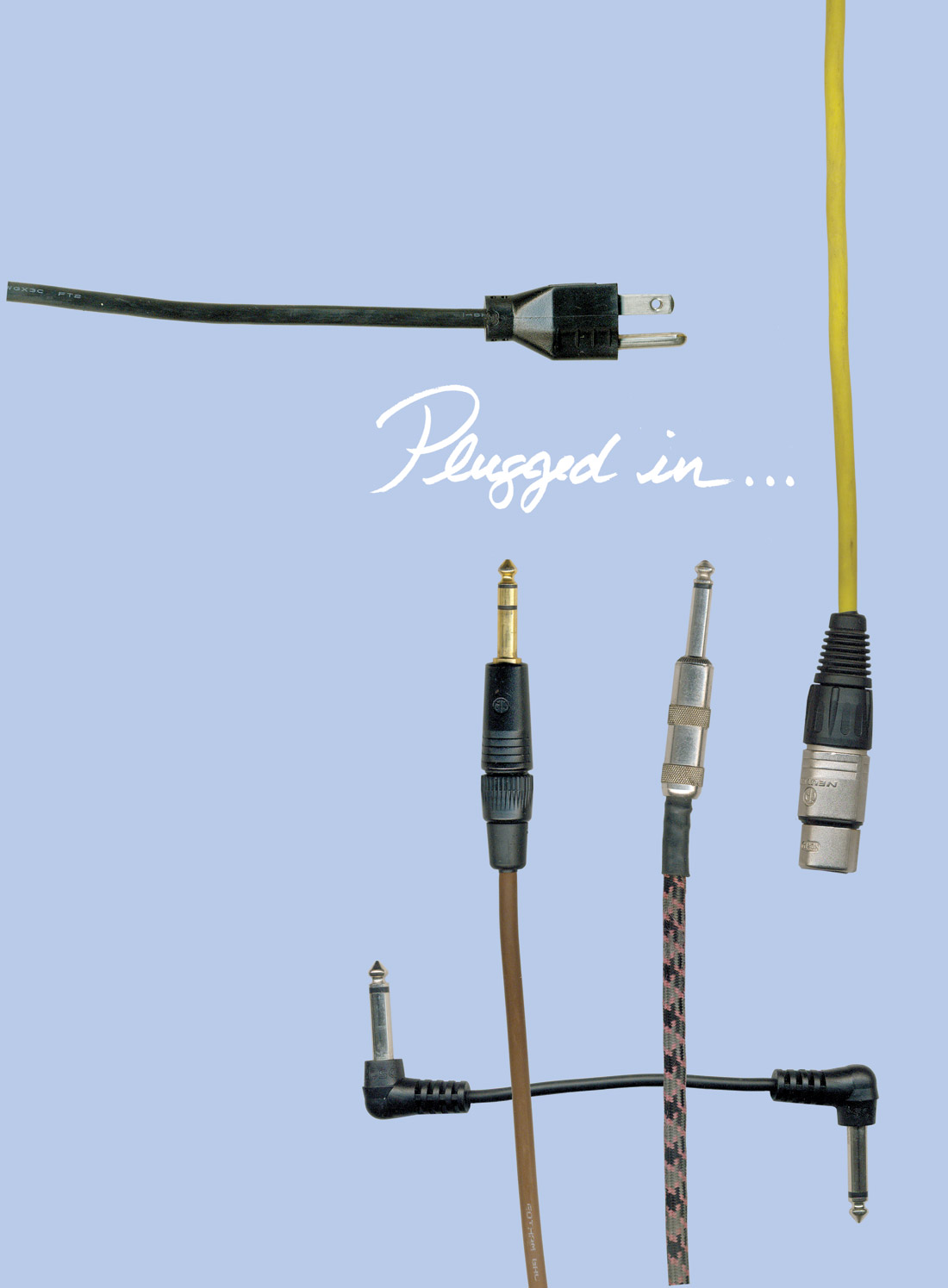I can't think of a recording studio that doesn't require acoustic treatment. Like many Tape Op readers, we've done our fair share of DIY blended with commercial off-the-shelf solutions. If you run a commercial studio, there can be some serious disadvantages to the DIY approach. Using wooden frames and regular fabric can be considered a fire hazard by your local building inspector. Consequently, looking at professional acoustics products can be the quickest and safest bet. We recently contacted Ready Acoustics for help. Based in Elk River, Minnesota, they offer bass traps, absorption panels, DIY parts, and accessories for studios, institutions, and individuals.
We chose the Chameleon line of bass traps to replace the homemade traps in our mixing suite. The Chameleons are 48'' x 24'' x 4'' in size, and like the other traps offered by Ready Acoustics, they have an outer metal frame that is powder-coated and features die-cut circles and wave shapes. These perforations look appealing while allowing audio to pass through the sides. Users can choose from seven frame colors. The trap is filled with standard dense fiberboard, commonly known as 703 in the audio community (the name comes from the Owens Corning Company's product line designation, but comparable products are sold by others, e.g. Johns Manville). If you're not familiar with 703, it's a rigid "board" made from inorganic glass fibers that often looks like yellow slices of cheese. Of course, you don't use raw insulation - it goes inside an acoustic bag. Ready Acoustics has 8 color variations for these acoustic bags. The fabrics are for commercial use, which means they are acoustically transparent and are treated to be fire-resistant.
Since we had a supply of insulation on hand, Ready Acoustics sent us unassembled frames and acoustic bags. We started to put them together, engineers Dave and Jarid working on one set while I struggled with another. The frames assemble in minutes with a Phillips-head screwdriver. I had a terrible time getting the insulation into the bags. In the time it took me to do one unit, Dave and Jarid had completed four. They laughed when they realized how much trouble I was having. Evidently, Ready Acoustics provides a tip on their website; slide a plastic trash bag over the 703. Make sure to slit the top of the trash bag open once it's over the boards. The trash bag provides a slick surface, allowing the acoustic fabric to slide on in a second. Before sealing the top, pull the trash bag out, and - voila! - it takes 25 seconds to stuff a bag. More tips, tricks, and videos are available on the website.
Ready Acoustics also sent us no-fuss installation hooks. They pierce regular drywall with finger pressure and can support 75 pounds of weight. This is a great option for home users as it requires no tools and leaves only a tiny hole in the wall. Unfortunately, our walls are double thick and the hooks position the Chameleon Traps flush against the wall. It's been widely suggested that these types of treatments work better if they are hung away from the wall (usually a distance equal to their thickness). So, we used the mounting system we had been using for the DIY traps that were there before the Chameleons arrived. This kept our traps 4'' away from the walls. We assembled and hung eight traps in a few hours. It was a very simple process.
Once in place, the Chameleon Bass Traps really tighten up a room, allowing you to hear things your monitors have been trying to tell you. Reverb tails become more defined, mid frequencies are easier to EQ, bass is tighter, and high-end echo is reduced. By comparison, our DIY traps were not as thick, did not have as many side-frame perforations, and did not look as professional as the Chameleons. From an appearance standpoint, the off-white frame and acoustic bags are striking against the slate blue walls of the mixing suite. Perhaps the best thing about this type of treatment is it diffuses as well as absorbs, meaning they reduce early reflections and slap-back without turning the room into a dead sounding pit. Because they are relatively lightweight (under 20 lbs assembled), it's easy to set up temporary placements while you check positioning.
We found that the frames and fabric look even better in person than on the web page, but you might want to order a fabric sample before committing to a color. Also, the popularity of the sand fabric has created a waiting list, so consider other options, or get your order in early! I suggest reading the installation tips before starting and would encourage Ready Acoustics to put a sticker or something on the box, invoice, or packaging reminding the same. The videos and web tips are better than any printed instruction sheet, so don't miss out.
Ready Acoustics makes several other frame and bag options, as well as movable stands and corner treatments. We hope to cover those in a future issue. In the meantime, if you need to tighten up your room, vocal booth, or even living room or home theatre, please check out the options online. These have my highest recommendation.($169 each assembled; also available as individual components and DIY kits)
Acoustics | No. 57
China Cones
by Garrett Haines
China Cones are an isolation device used to decouple monitor speakers from the console, stand, or surface supporting them. Made of ceramic, the manufacturer claims China Cones vibrate in a frequency...




_disp_horizontal_bw.jpg)